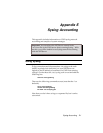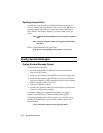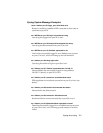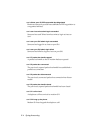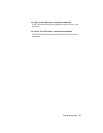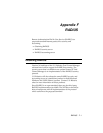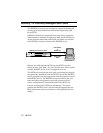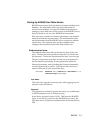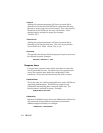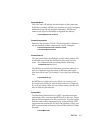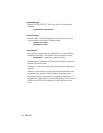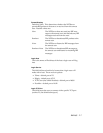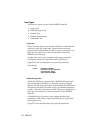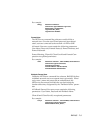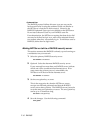RADIUS F-3
Setting Up RADIUS User Table Entries
RADIUS servers store their user data in a human readable (text)
database. The information following shows the format of
entries in that database. For specific, detailed instructions on
setting up a user table entry in the version of the RADIUS server
that you decide to use, see your RADIUS documentation.
Each user entry contains two kinds of parameters: the authenti-
cation items and the response items. The authentication items
are the parameters that the RADIUS server requires to authenti-
cate the user. The response items are the parameters that
configure the connection between the host and the user.
Authentication Items
The authentication items take up the first two lines of the user
entry. The first line must consist of at least the User Name and
the password. The second line indicates the user’s service type.
The user’s login name must have at least one space between it
and the Password parameter. If more parameters follow the
Password parameter, each (including the Password parameter)
must be separated by a comma. The first line does not have a
comma at the end of it; the second line does.
<user name> Password=“<pw>”, Client-Id=<ID>, Client-Id-Port=<
1
|
2
>
User-Service-type=<service type>,
User Name
This is the user name the user must enter when logging into the
network via the NETServer.
Password
The password is enclosed in quotes and can be any combination
of ASCII characters up to 16 characters long.
It can also be a quoted value of UNIX. This forces the RADIUS
server to use the etc/passwd on the RADIUS host or query the
NIS name server for password authentication if the network has
NIS.



